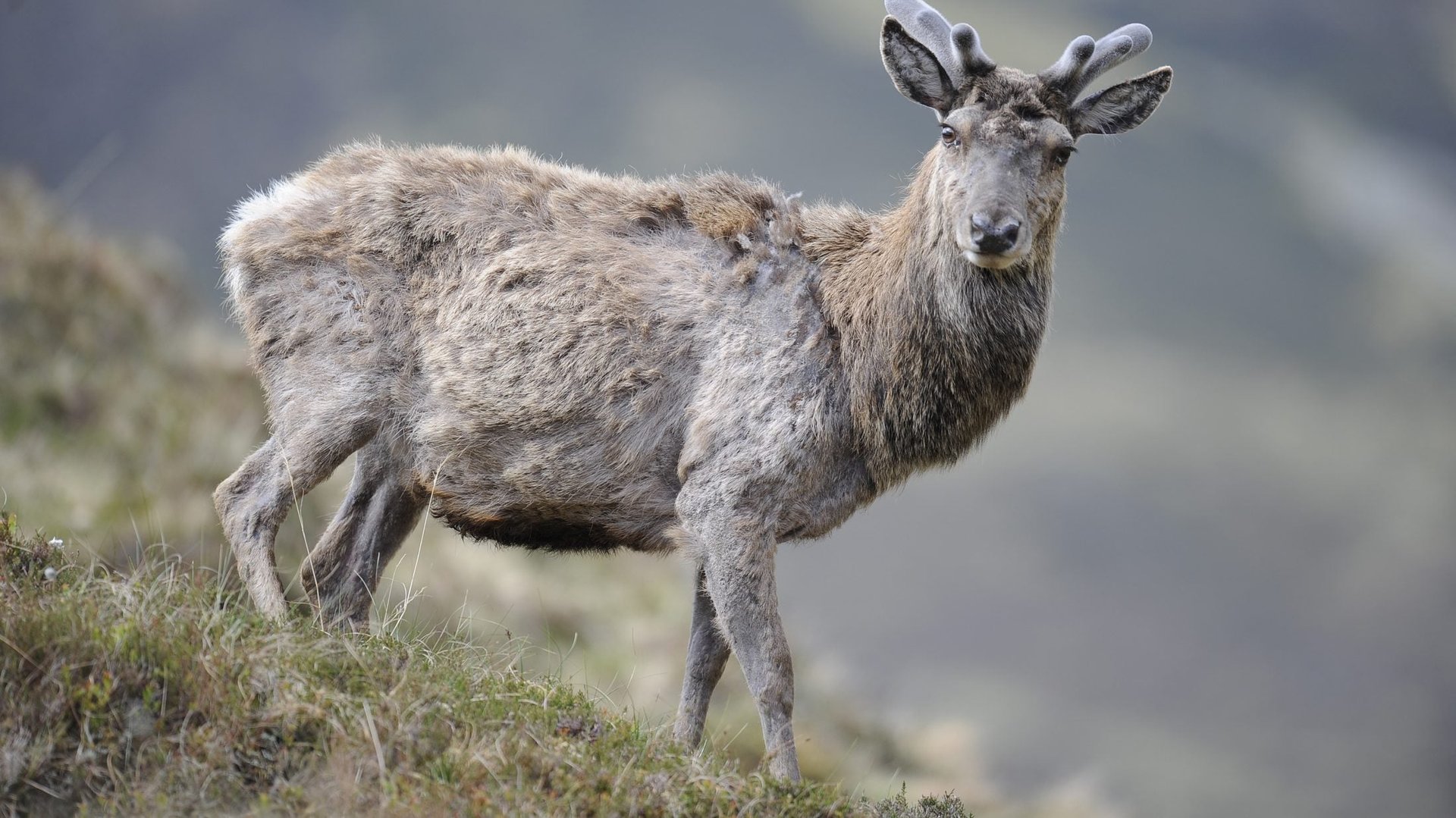Brits are eating venison faster than Scotland can produce it
When supermarket brand Sainsbury’s looked at their venison sales last year, they got a pleasant surprise. Customers had bought 115% more deer meat in 2015 than in the year before.


When supermarket brand Sainsbury’s looked at their venison sales last year, they got a pleasant surprise. Customers had bought 115% more deer meat in 2015 than in the year before.
It would seem that venison is a new favorite. Market research firm Mintel asked UK diners about their eating habits last year and found that deer meat was consumed more than twice as often as any other game. Seventeen percent of respondents had eaten it in the past six months. Venison has even cropped up on Masterchef.
The Scottish Venison Partnership (SVP) says the UK market for deer meat is growing about 10% annually. And while that market still seems volatile—analysts Kantar reported a 413% increase in retail sales in 2014, followed by a slight contraction in the past 12 months—it’s fair to say Brits have developed a hearty taste for venison.
“It’s taken me by surprise,” says SVP secretary Richard Playfair.
One reason for venison’s increasing prevalence: It has been successfully marketed as a healthier option. The British Deer Farms and Parks Association (BDFPA) says deer is lower in fat than skinned chicken breast, and higher in iron than any other red meat. British shoppers enjoying a bit of post-recession indulgence are also starting to spend more (paywall) on luxury grocery items like venison, even as they remain keen on staying in.
But the increased demand is raising questions about future supply. Nearly two-thirds of the UK’s deer meat comes from Scotland, and the other third is imported from countries like New Zealand, Poland, and Spain. The SVP anticipates that by 2020, half of the UK’s venison will be imported—nearly 3,000 tons per year.
Scotland can retain its slice of the pie only if it increases production by 1,200 tons annually (the SVP says), but actually doing so will be complicated. The culling of managed wild herds—which yields about 65,000 deer carcasses each year—is effectively at capacity, and the roughly 7,000 deer on Scottish farms aren’t nearly enough.
So Scotland needs more deer farms. One new holding, the Mauldslie Deer Farm Project, hopes to have 1,000 hinds (female deer) farmed over 1,000 acres within 10 years. Playfair says the country “could do with 20 or 30 [farms] that size.”
Incentivizing the rapid creation of such farms—which require substantial investment—falls at least in part on the government. A 2015 report on Scottish deer farming co-authored by Playfair and Gina Maffey, an environmental researcher at the Netherlands’ Wageningen University, found that Scotland’s farmed deer don’t receive the same governmental subsidies as other livestock. Only since 2014 have deer farmers qualified for a lump sum known as a “single farm payment.” (The SVP also lobbied unsuccessfully for subsidies for fencing.)
Finding deer for new farms is also fraught. Most livestock are at risk of contracting bovine tuberculosis, but some combination of good fortune and TB-free badgers has exempted Scotland’s deer, making them a natural point of supply for nascent farms. That, however, puts a limit on quantity. As for quality, a 2013 UK government report found that farmed deer are often “kept by inexperienced owners,” which suggests the development of new farms should go hand-in-hand with farmer training.
Scotland’s government and its farmers will need to iron out the answers to questions like these. Because at the end of the day, UK diners don’t much care about the geographic origins of their deer meat. As Playfair puts it, “for consumers, venison is venison.”